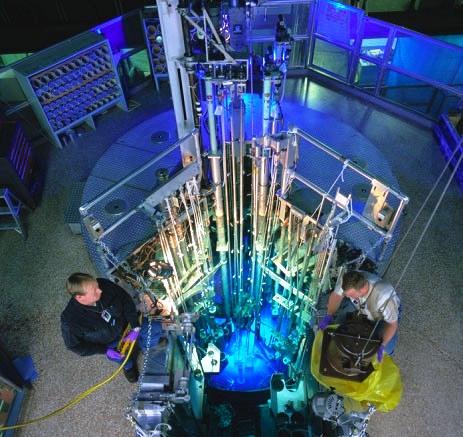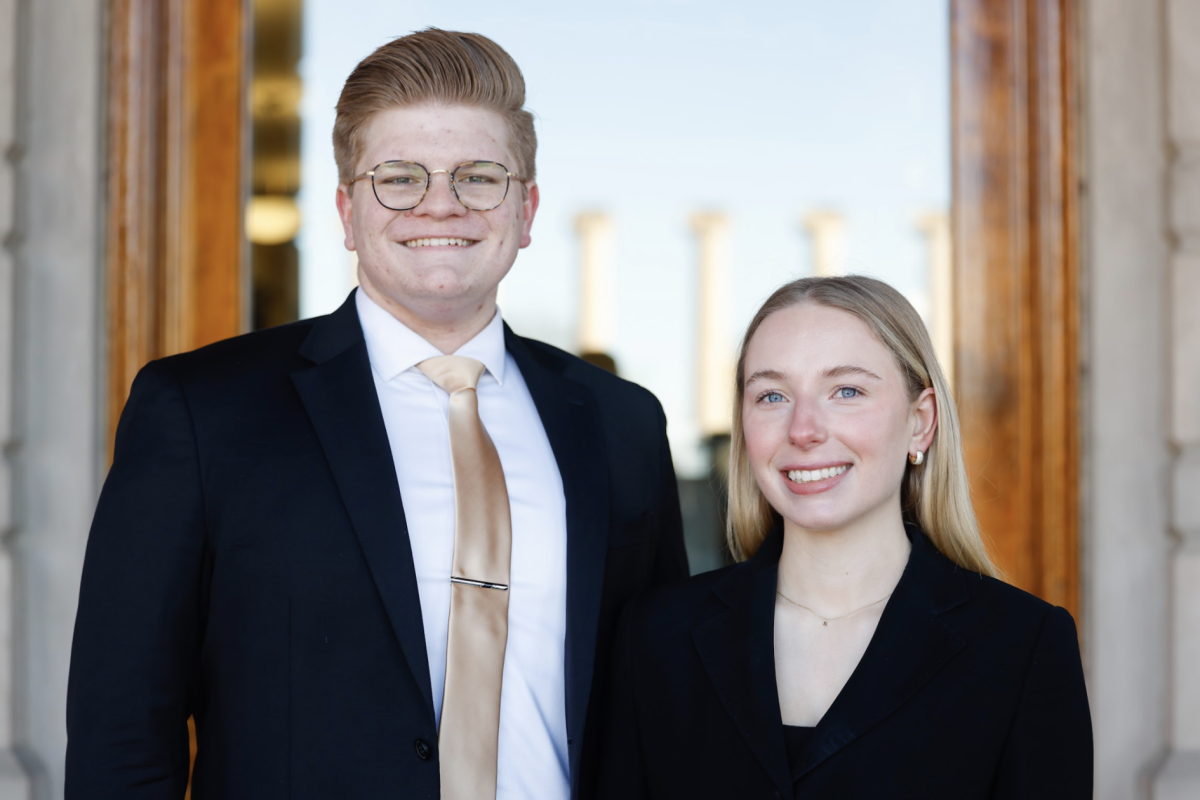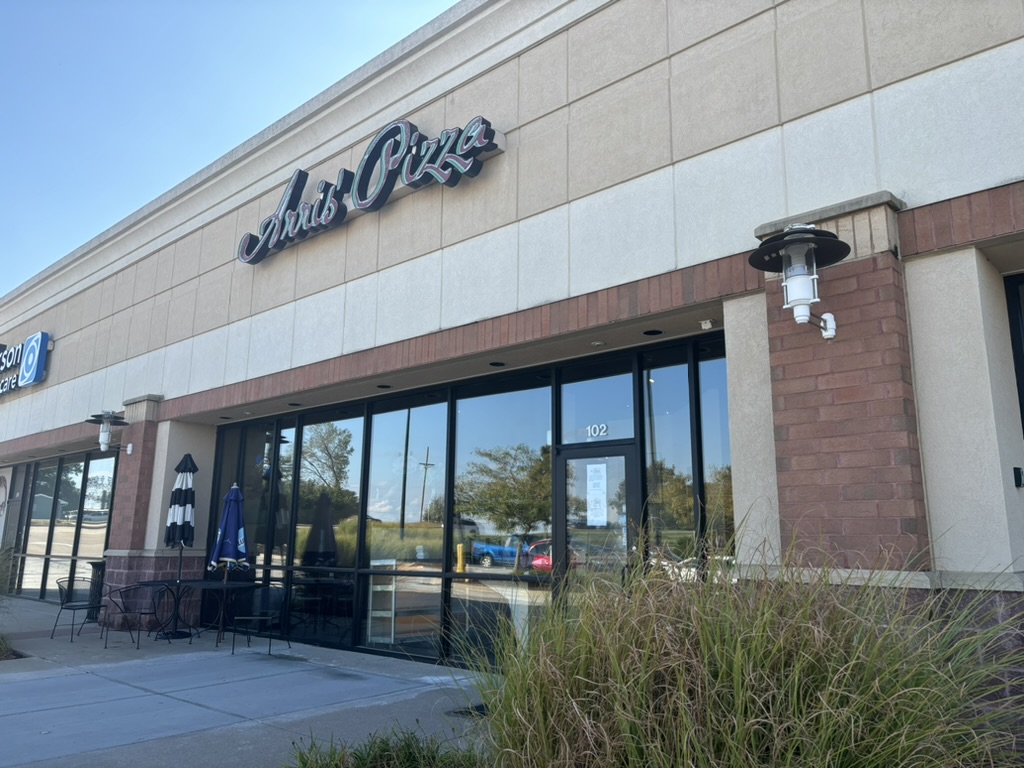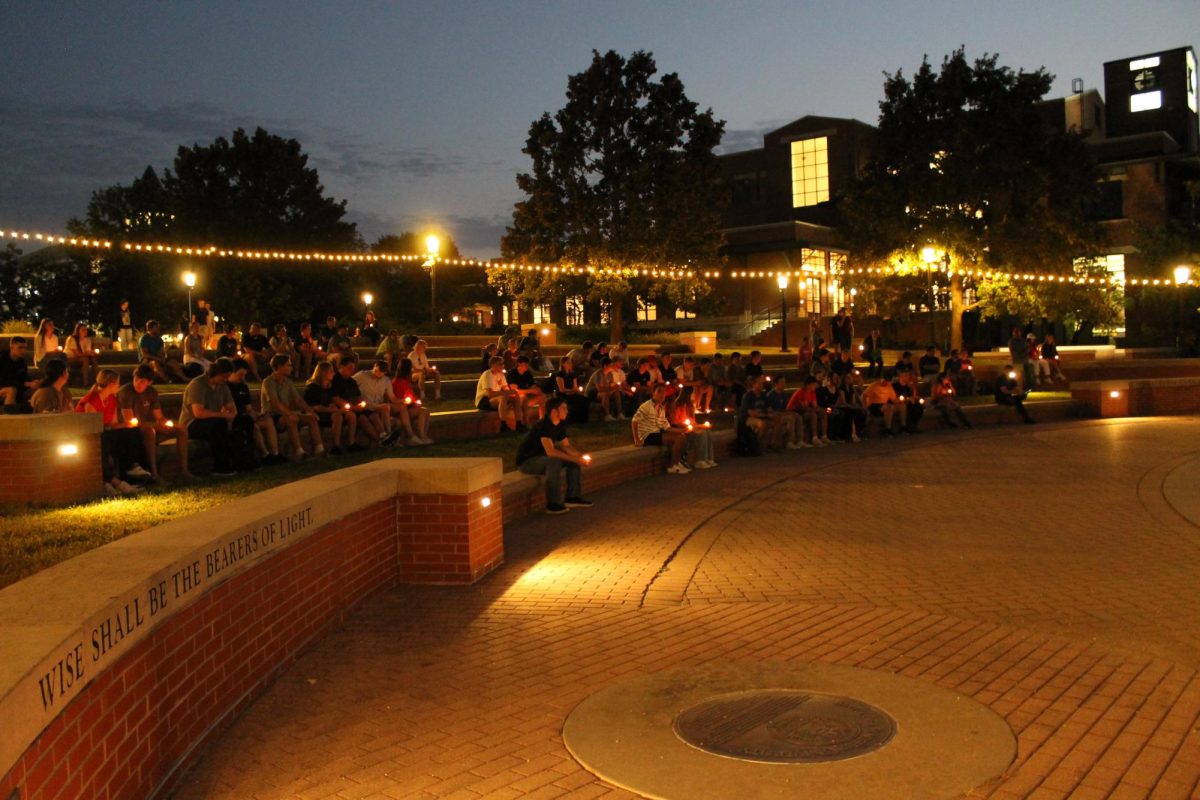The University of Missouri Research Reactor received a 20-year operating licensing renewal from the Nuclear Regulatory Commission this January after more than 50 years of operation.
MURR is a research reactor site that operates six and a half days a week, 52 weeks a year. According to [MURR’s website](http://www.murr.missouri.edu/about.php), the reactor is “the most intense neutron source of the approximately 27 other research reactors located on university campuses.”
The 10-megawatt reactor is the largest university research reactor in the U.S. The research done at the reactor has been successful in creating drugs that help fight cancer. MURR has produced two different cancer-fighting drugs as well as an imaging agent.
Quadramet, or Sm-153, and Therasphere or Y-90, are two of the FDA approved drugs that help to reduce the size of tumors in patients with liver and bone cancer. MURR has also worked with the isotope Technetium-99m, or Tc-99m, that is used as an imaging agent to see blood flow in the brain, which aids in the diagnostic process for physicians.
Tc-99m comes from another radioisotope, Molybdenum-99, or Mo-99, of which MURR is hoping to become the only major medical supplier in the U.S. According to MURR associate director David Robertson, despite being the most used medical radioisotope in the U.S. today, Mo-99 is not currently produced in the U.S.
“For MURR to provide a supply of Mo-99 would mean that the country would again have a domestic supply of this really important medical isotope,” Robertson said. “One out of every four patients in the hospital gets a nuclear medicine scan, and almost all of those scans come from Tc-99m.”
Producing these drugs and imaging agents involves varying methods of using the isotopes with the reactor.
“[For example], theraspheres [are] little microspheres,” Robertson said. “We take the microspheres and we put them next to the cord reactor. The yttrium [an element used in the reactor] captures a neutron and it become radioactive. So we ‘dip’ the sample into the reactor, we leave it there for the right amount of time and then we ship it to the drug company. That’s what we do.”
Although MURR focuses a lot of its research on fighting cancer, the reactor has been used for a number of different research projects as well.
“We’ve been referred to as kind of the A-Z reactor, anything from anthropology down to zoology,” reactor and facilities director Les Foyto said. “Even though our primary focus is [on] radioisotopes to fight cancer, we delve into a lot of different things.”
The licensing renewal allows MURR to continue to make these products and further their research.
“Because we have a 20-year renewal, the people who count on us for our products and services – the way we make money – they have confidence that we’re going to be here,” Robertson said. “[They have confidence] that they should continue to do business with us, that they should continue to support us.”
The process to receive the renewal license from the Nuclear Regulatory Commission requires inspection of the whole facility to see the impact it has had on the environment.
“You have to look at it as not just a renewing your license as a kind of check mark, but almost doing your entire safety analysis again,” Foyto said. “So I actually started working on the documentation back in ’97 or ’98, believe it or not, 10 years before we’re required to submit some of this licensing package.”
Along with being a research facility, MURR is used to train science majors through the “Missouri Method.” Undergraduate and graduate students are able to use the reactor to gain real-world experience and publish research that they wouldn’t be able to do without it.
“We have graduate students at the reactor and undergraduate students who are doing research on how to better make these radioactive materials, how to separate them, how to put them in a molecule that we might use as a drug,” Robertson said. “The students, depending upon their involvement, [get to do] everything from just working in the lab to being on the publications to being on the patents for the new things we’re making.”
MURR allows for MU to stand among some of the top schools in the U.S., and without it, most of the nuclear research done at MU would not be possible.
“Because of the fact that we have this really unique tool, we are able to attract some of the best students in the country to come to Mizzou to study,” Robertson said. “So we get students that compete with the top universities in the United States.”
_Edited by Madi McVan | [email protected]_








